Vive La Révolution! Both Sides Now II — Reviewed
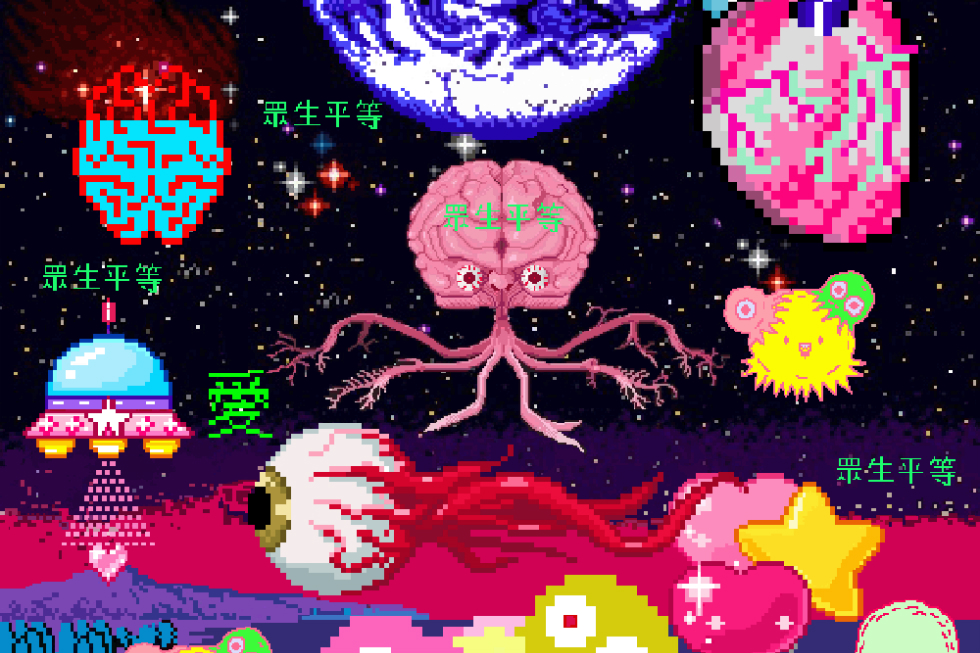
Kat Houghton explores a vibrant collection of films that depict the people caught in the midst of political change; from the handover of Hong Kong to the Scottish Referendum…
This time last year, Chinese citizens took to the streets of Hong Kong on a pro-democracy march that provoked the biggest challenge to China’s politics in over a decade. The Umbrella Movement, as it became known (after the way protesters defended themselves from tear gas during the march), was the spark that has inspired Both Sides Now: It Was The Best of Times, It Was The Worst of Times?; an exhibition currently on show at the Centre For Chinese Contemporary Art (CFCCA) in Manchester. Set a year on from the march, we reinterpret these events through the eyes of 10 Chinese, Hong Kong and UK artists, and all through the medium of film.
“For this exhibition”, co-curator Jamie Wyld explains, “we aspired to look at capitalism and communalities like revolution, taking into account the Umbrella Movement and the Scottish referendum.”
The setting for the former movement, Hong Kong, is a former British colony, returned to Chinese rule in 1997. Under a ‘one country, two systems’ policy, this granted separate laws and an independent judiciary but maintained ultimate authority for the leaders in Beijing. The protest kicked off after Beijing ruled out open nominations for the election of Hong Kong’s chief executive due in 2017, leaving many in uproar over such restrictions and their inability to vote democratically.
During this time, curator Wyld (who is also the founder of artists’ film platform Videoclub, UK) and co-curator Isaac Leung (chairman and director of art organisation Videotage, Hong Kong) had already begun collaborating to create an exhibition of cultural exchange between the UK and China.
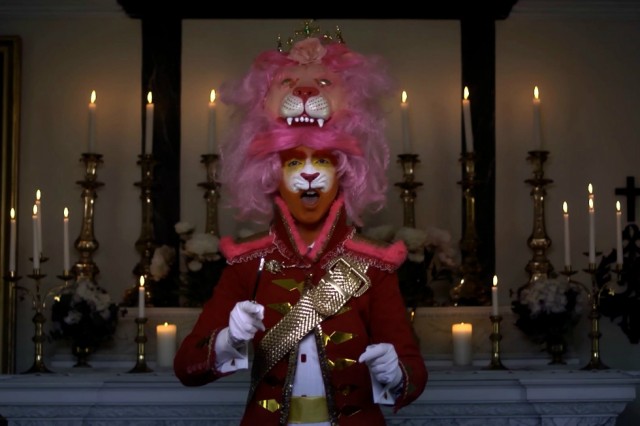
“There was this moment”, Wyld tells me, “when protesters began using the British flag as mark of protest to signify they wanted to keep British rule over the Chinese”. Hong Kong “became this liminal place between China and the UK” provoking both curators to examine what it was like in Hong Kong before and after the handover to China, and to use film from Hong Kong and the UK to represent that change and process.
“The films I chose”, Wyld continues, “as Videoclub UK are very much current, but Isaac wanted to show a range of films to represent the changes in Hong Kong over the past 30-40 years, using moving image to comment on how people have felt about what’s been happening.” Both Sides Now at CFCCA runs alongside corresponding exhibitions and talks at K11 Artspace in Shanghai, and in doing so, innately highlights censorship laws in China in comparison to the more provocative work able to be screened here in the UK.
Don’t be fooled into thinking this is an exhibition of dry political debate. This is a vibrant collection of films that depict the human condition caught between political, social and technological change, all washed down with a large measure of ‘British humour’.
The latter can be seen in Rachel Maclean’s (UK) The Lion and The Unicorn (2012) in Gallery One. In this film, Maclean explores national identity by seamlessly acting as each of the protagonists found on the Royal Coat of Arms of the UK: the lion (representing England), the unicorn (representing Scotland) and the Queen uniting the kingdom. She humorously tackles the debate of the referendum on Scottish independence with mischievous symbolism; drinking North Sea oil and slicing a Union Jack cake whilst commenting on themes of alliance and opposition.
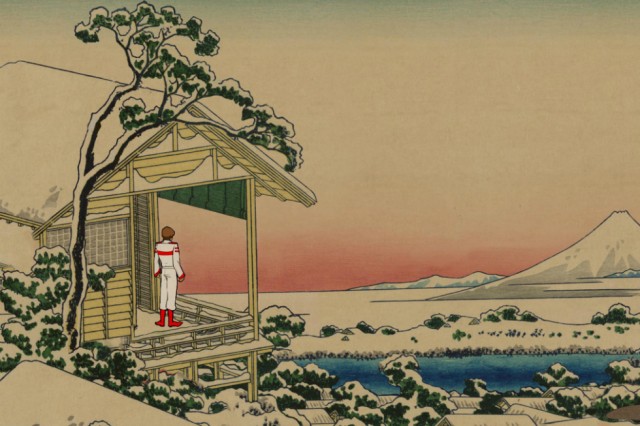
Ying Tan, curator at CFCCA, told me that “the power in the message is that she brings forth of the lion and the unicorn and what Scotland and England want — half desiring to leave but the other wanting them to stay. However also saying: if you leave, you know what is going to happen. Did that terrify the Scottish people enough to put them off leaving?”
Wyld explains the relevance of this work is in how “we saw Scotland potentially leaving the UK under a democratic process, where the corresponding revolution in Hong Kong has been about losing democracy.”
In parallel, True Colour (2014) by Ellen Pau (HK), also in Gallery One, provides a deliberately manipulated account of the Hong Kong Umbrella Revolution. Through distorting the images taken from social media websites showing protestors camped out in central Hong Kong, Pau comments on the censorship of this imagery by the media, questioning whether the ‘true colour’ of the events was represented.
One of the greatest themes of this exhibition is the notion of identity and belonging to somewhere. Freedom of speech — perhaps so easily taken for granted in the UK — provides us with the ability to leave our mark on a place or situation. Without the autonomy to speak our minds and see the truth, we can easily become just another face in a sea of conforming millions.
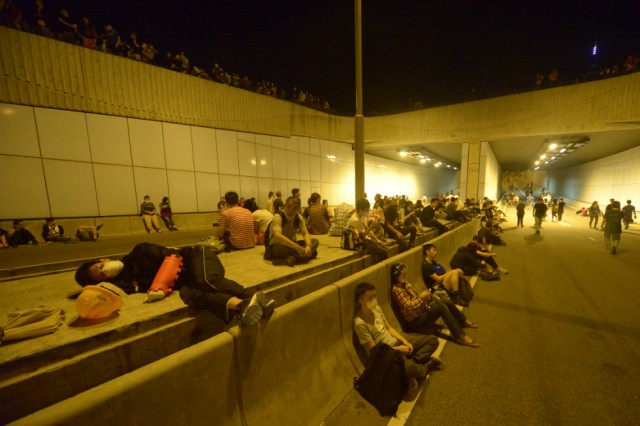
For example, Ben Rivers’s (UK) This is My Land (2006), set in unison to David Blandy’s (UK) Anjin 1600: Edo Wonderpark (2014), both deal with alienation and concepts of living in the future. Blandy mixes up animation and real life footage to create a surreal story that tells of how easily fantasy and reality can intertwine. Whilst Rivers painstakingly uses 16mm hand-processed film to explore the concept of becoming a hermit; living off a remote land removed from technology in order to survive.
“We wanted to have a look at how people are experiencing what life is like in the UK and beyond that,” explained Wyld.
Lucy Clout (UK) further delves into this idea in her work From Our Own Correspondent (2015); examining what is happening though the use of social media, and how it can leave people feeling more and more alone rather than more connected. If you have ever felt as though you are overwhelmed from being so over connected, that you are unable to differentiate between your own thoughts and all the voices from the virtual cloud, take a journey into Daniel Shanken’s (UK) Common Decent (2015). Looping alongside Clout’s work, this is an almost psychedelic experience that summarises the state of our subconscious mind in the 21st century.
Bringing us back to reality in Gallery Two is Birdy Chu (HK) with The Interviews (2015) and MAP Office (HK) PRD Report (2003); Tan describing the work as setting “the scene for the audience.” I would recommend visiting this part of the exhibition first, as these films give an essential grounding into the context of Both Sides Now, set against the backdrop of the Umbrella Movement and the development of urban landscape in Hong Kong and surrounding areas. Birdy Chu provides a glimpse of public opinion during the pro-democracy movement through the use of interviews and footage of the protest. While MAP Office — an artist collective provide a demographic perspective of China’s metropolis of mega cities, juxtaposed against the surrounding rural countryside.
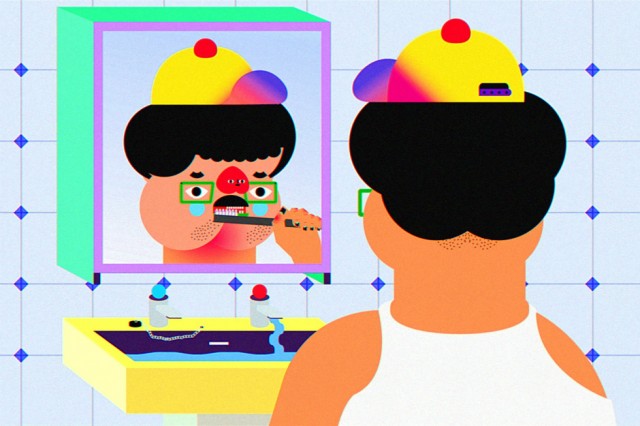
I would also recommend seeing the work of Wong Ping (HK), showcasing An Emo Nose (2015) in CFCCA’s tiny residency studio where he will be spending the next three months developing his practice. Ping is a Cantonese animator and director based in Hong Kong, and his work tells the story of the nose of a man that becomes increasingly estranged and emotive the more the man tries to become socially involved.
“It’s absurd, but then I think everyone can identify with this exterior that you present and this anterior that you are”, Tan explains. “It talks about this very current technology induced human condition of feeling so alone, but so connected to everybody all at once.”
The use of animation allows the work to become impersonal to the artist and, in doing so, you are able to really empathise with how the character is feeling. Lu Yang (China) shares the screen in the residency studio with Cancer Baby (2003). Using mediums ranging from 3D printing to animation, Yang has transformed cancer cells into bejeweled characters. Alas, the mesmerizing beauty of these ironic cells comments on the cruelty of the realistic world that must be confronted between our virtual escapes.
The title of this exhibition ends with a question mark. It was the best of times, it was the worst of times? — taken from the famous opening line of the Charles Dickens’ novel A Tale of Two Cities. The story depicts the plight of the French working class demoralised by the French aristocracy; comparing this with comparably ugly social parallels of London life during the same period. We must ask: are these themes still relevant today? Capitalism, austerity and unjust distributions of wealth and power are still prominent concerns that can be seen through the recent events explored by the artists in this exhibition. What does the future really hold for us? I don’t have the answer; but judging by the work of this group of British and Chinese artists, I can confidently say that I trust in the human ability to love, laugh, create and look on the bright side of wherever we end up.
Katrina Houghton
This article has been commissioned by the Contemporary Visual Arts Network North West (CVAN NW), as part of a regional critical writing development programme funded by Arts Council England — see more here #writecritical
See Both Sides Now II – It Was the Best Of Times, It Was The Worst of Times? at the Centre For Chinese Contemporary Art (CFCCA), Manchester, until 6 December 2015
Images, top to bottom: Lu Yang’s (China) Cancer Baby (2003); Rachel Maclean’s (UK) The Lion and The Unicorn (2012); David Blandy’s (UK) Anjin 1600: Edo Wonderpark (2014); Birdy Chu’s (HK) The Interviews (2015); Wong Ping’s (HK) An Emo Nose (2015).






